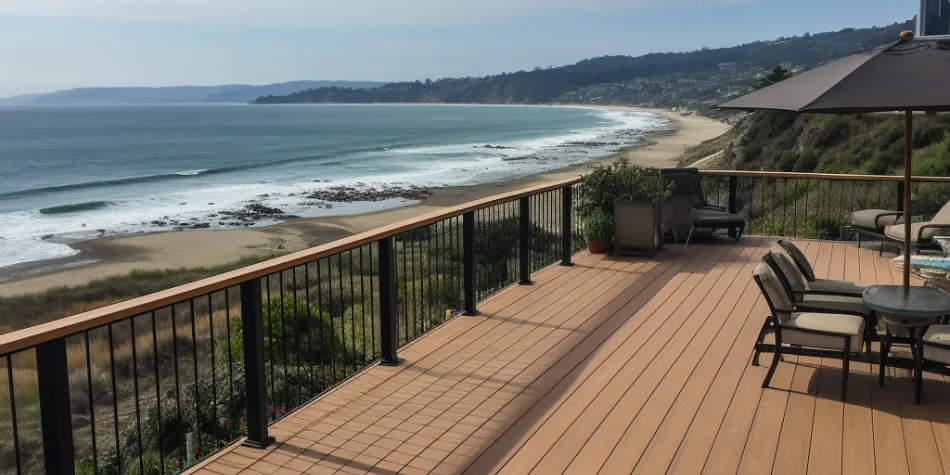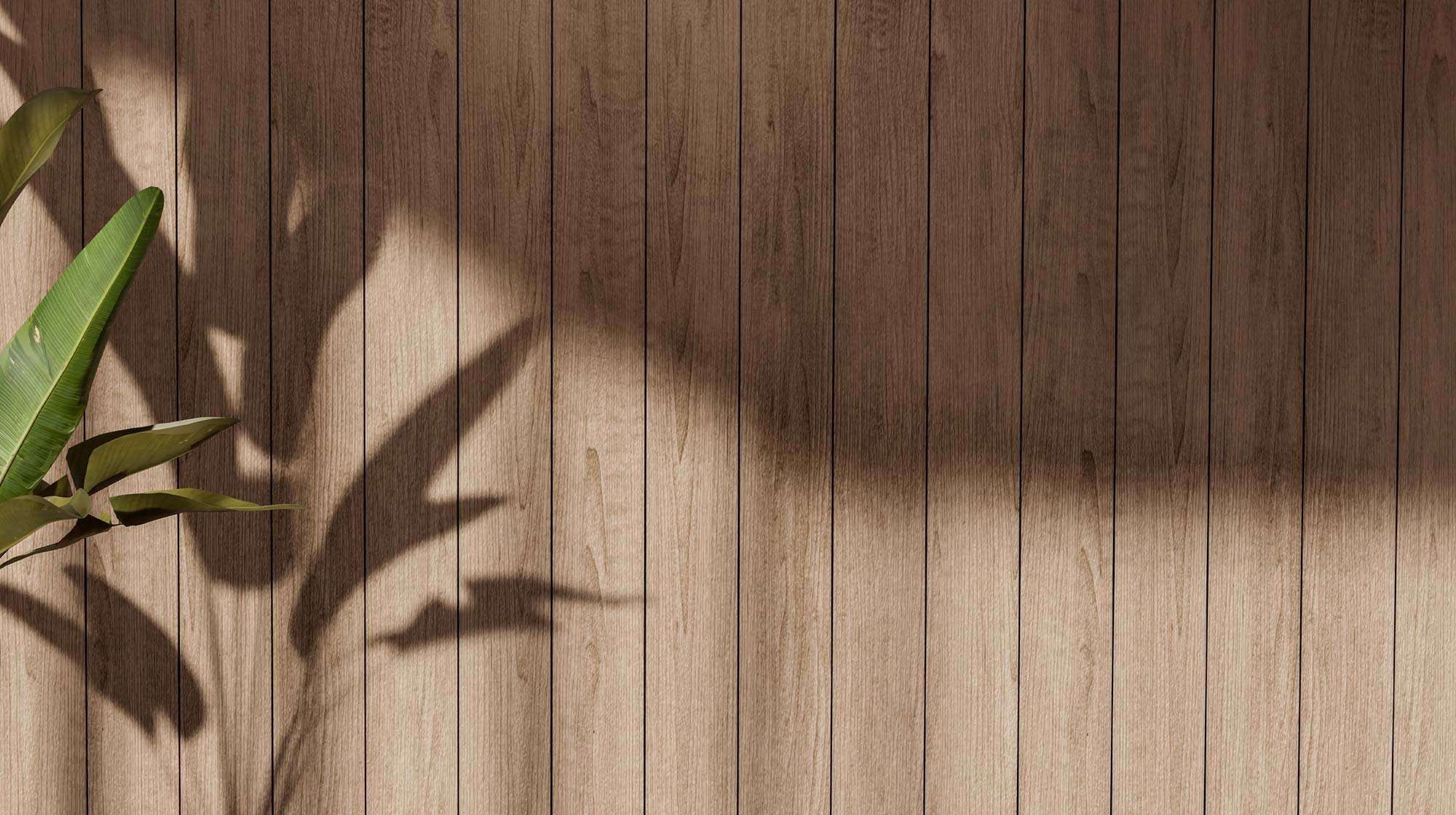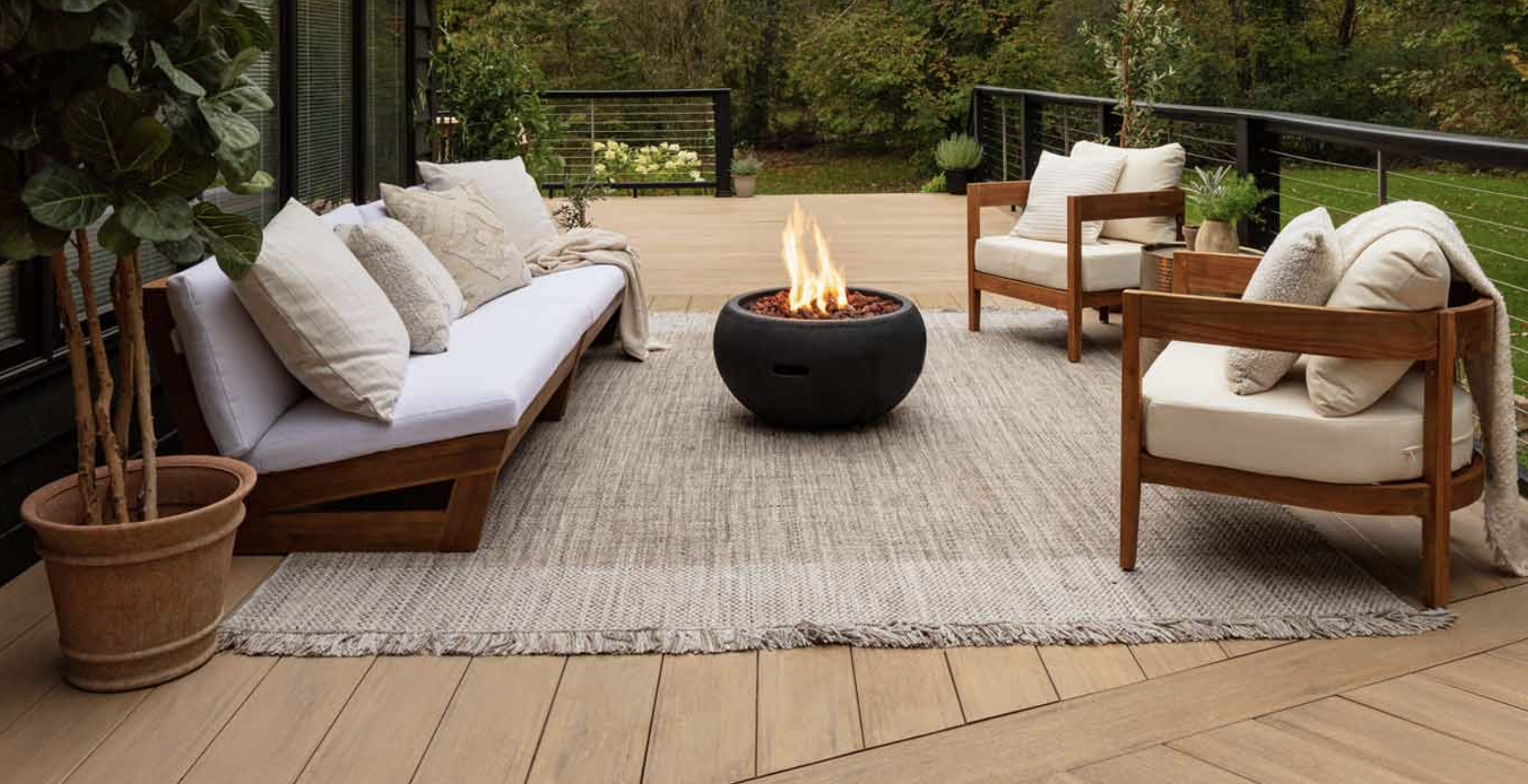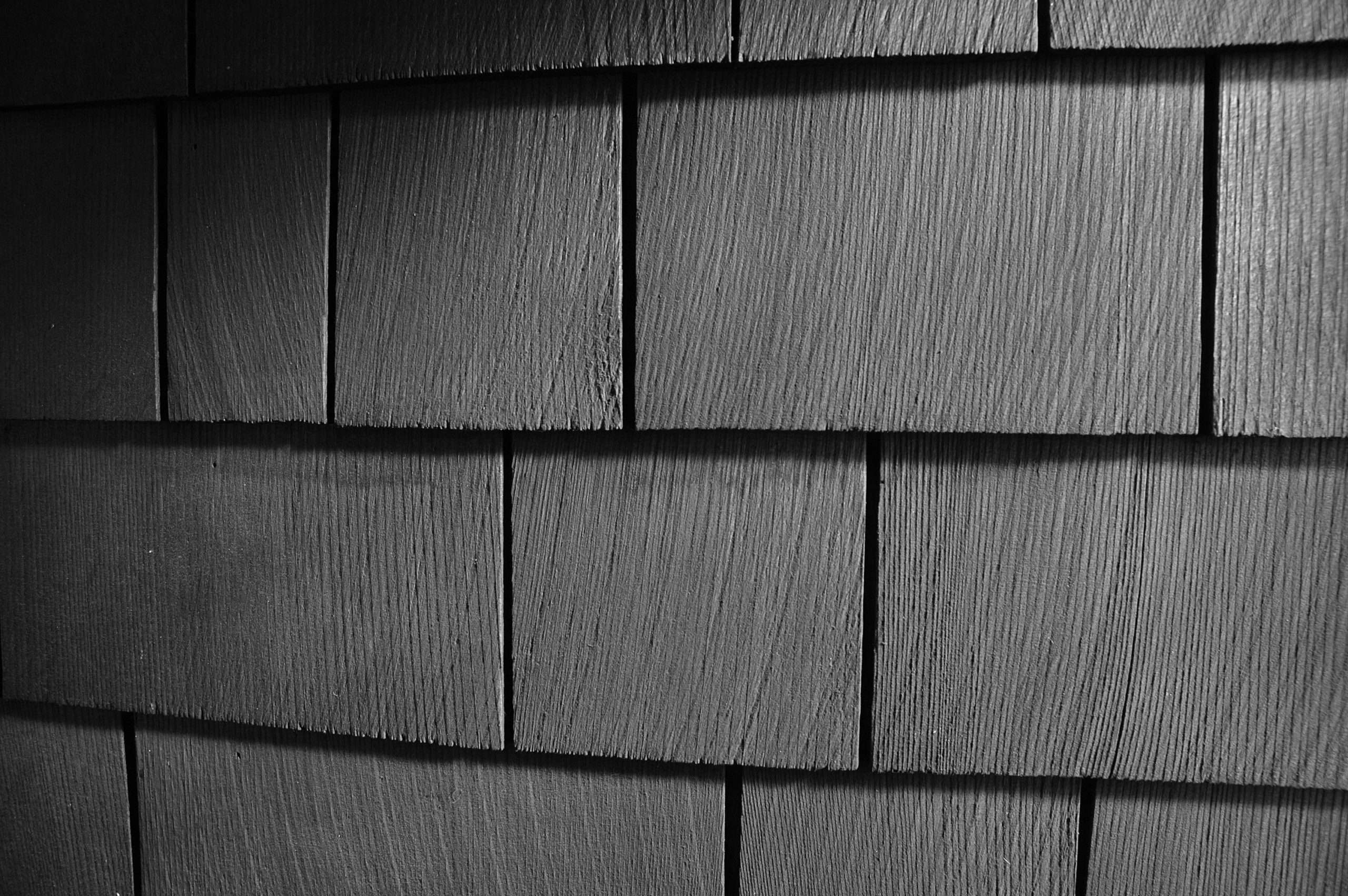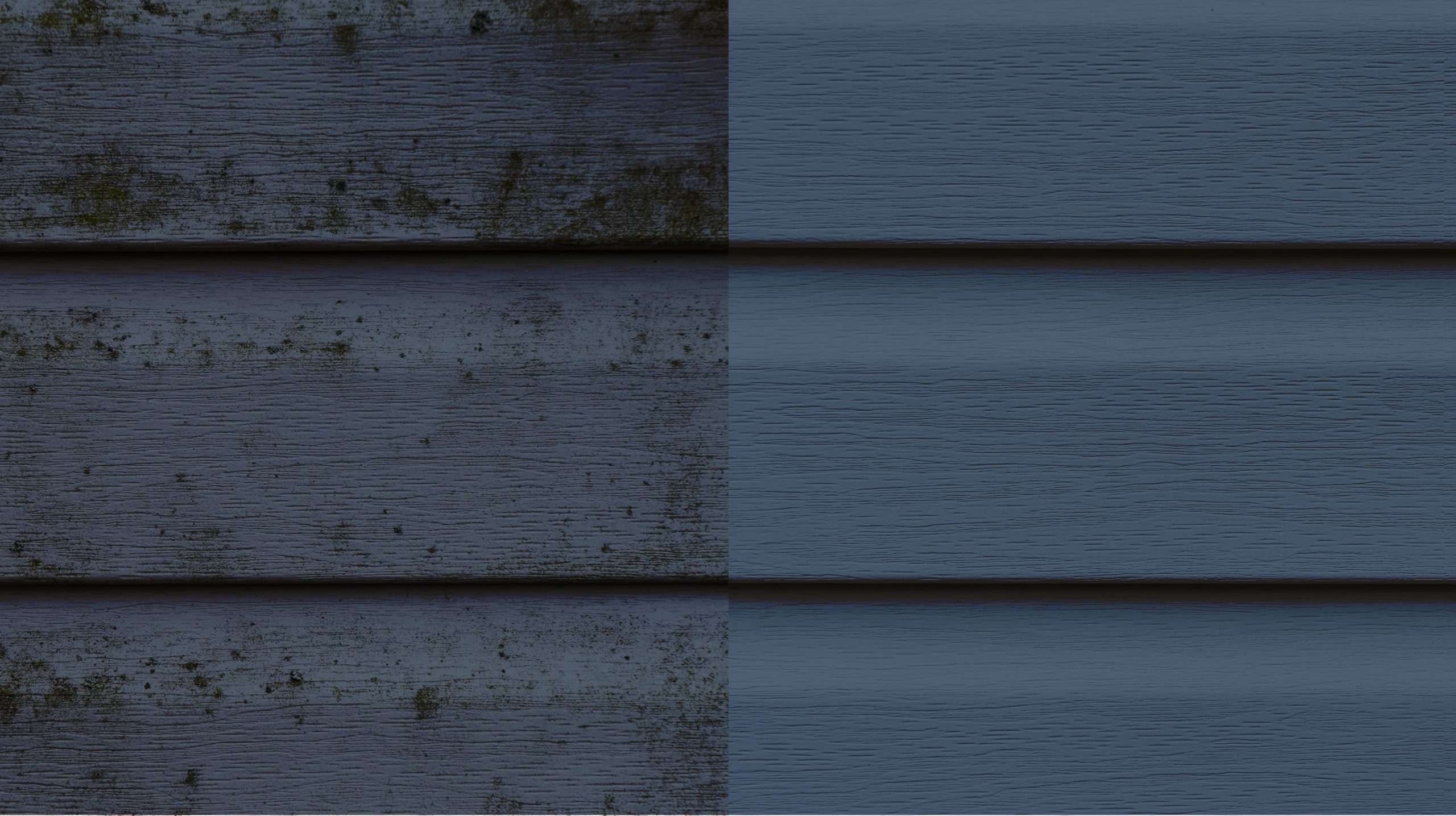Introduction
TimberTech composite decking is a popular choice for homeowners seeking durability and aesthetics in their outdoor spaces. However, achieving the desired performance and appearance relies heavily on proper installation, and plugin screws play a pivotal role in this process. This article provides an in-depth analysis of plugin screws used in TimberTech decking, including their importance, types, installation steps, and maintenance requirements. By understanding these tools, contractors and DIY enthusiasts can ensure a successful and long-lasting decking project.
Table of Contents
- Introduction
- Why Plugin Screws Matter for TimberTech Decking
- Types of Plugin Screws for Optimal Decking
- Step-by-Step Guide to Installing Plugin Screws
- Maintaining Plugin Screws for Longevity
- Conclusion
Why Plugin Screws Matter for TimberTech Decking
Plugin screws serve as the glue that holds together TimberTech decking installations. The functionality of plugins extends beyond fastening boards to the deck frame; they contribute to the structure’s integrity, safety, and longevity.
Key Benefits:
- Structural Stability:
Plugin screws secure deck boards to the underlying frame, preventing movement or sagging over time. This ensures a stable and safe platform for regular use. - Aesthetic Consistency:
Properly installed screws align boards evenly and maintain consistent spacing. This enhances the deck’s overall visual appeal. - Safety Assurance:
Loose boards pose a safety hazard. Plugin screws mitigate this risk by holding boards firmly in place, reducing potential accidents. - Durability Enhancement:
By preventing board movement, plugin screws reduce wear and tear. This extends the lifespan of both the decking material and the structure.
Types of Plugin Screws for Optimal Decking
Choosing the appropriate type of plugin screw is essential for meeting installation requirements and achieving desired outcomes. Below are the most common types:
Standard Composite Deck Screws
- Description: Designed for general use with TimberTech composite boards.
- Applications: Ideal for visible fastenings where matching screw colors blend with the deck.
- Advantages: Cost-effective and widely available.
Hidden Fasteners
- Description: Attach deck boards from below, creating a clean surface free of visible screws.
- Applications: Best suited for projects prioritizing seamless aesthetics.
- Advantages: Provide a polished, professional appearance.
Capped Composite Deck Screws
- Description: Specialized screws for capped composite decking, ensuring a flush fit.
- Applications: Used in high-end installations with capped boards.
- Advantages: Maintain board integrity and complement modern decking styles.
Stainless Steel Screws
- Description: Corrosion-resistant screws suitable for humid or coastal environments.
- Applications: Optimal for areas prone to moisture exposure.
- Advantages: Offer superior durability and rust resistance.
Step-by-Step Guide to Installing Plugin Screws
A precise installation process is critical for ensuring the functionality and longevity of TimberTech decking. Below is a detailed, step-by-step guide:
Step 1: Prepare the Deck Frame
- Inspect the frame for stability and ensure joists are level.
- Confirm joist spacing aligns with TimberTech’s recommendations.
Step 2: Position the First Deck Board
- Place the initial board along the frame’s edge.
- Maintain adequate spacing from adjacent structures to allow for expansion.
Step 3: Pre-drill Pilot Holes
- Drill holes through the deck board into the frame using a bit slightly smaller than the screw diameter.
- This prevents splitting and facilitates smoother screw insertion.
Step 4: Insert Plugin Screws
- Drive screws through the pre-drilled holes into the frame.
- Ensure screws are flush with or slightly recessed below the board’s surface.
Step 5: Install Subsequent Boards
- Repeat the process for each board, using spacers to maintain consistent gaps.
- Regularly check alignment to avoid misplacements.
Step 6: Final Adjustments
- Trim the last board to fit, if necessary.
- Attach fascia boards to conceal the deck’s edges and create a finished look.
Step 7: Inspect the Completed Deck
- Verify that all boards are securely fastened and evenly spaced.
- Address any loose screws or uneven boards immediately.
Maintaining Plugin Screws for Longevity
Regular maintenance of plugin screws is vital for preserving the structural integrity and appearance of TimberTech decks.
Maintenance Guidelines:
- Inspection:
- Periodically check for loose or damaged screws.
- Tighten or replace screws to prevent structural issues.
- Cleaning:
- Remove dirt and debris from screw heads using a soft brush.
- Clean the deck surface with mild soap and water to prevent buildup.
- Rust Prevention:
- For standard steel screws, monitor for signs of rust.
- Replace corroded screws with stainless steel alternatives.
- Surface Repairs:
- If screws loosen due to wood contraction or expansion, re-secure them promptly.
- Address stains or discoloration on screws using non-abrasive cleaners.
Conclusion
Plugin screws are fundamental to the performance and longevity of TimberTech decking. Their contributions to stability, safety, and aesthetics cannot be overstated.
By selecting the appropriate screws, following a precise installation process, and committing to regular maintenance, homeowners and contractors can maximize the value of their decking investment. For professional assistance with your TimberTech decking project, trust Rogall + Co. to deliver expert craftsmanship and durable results. Let us help you build a deck that stands the test of time.
